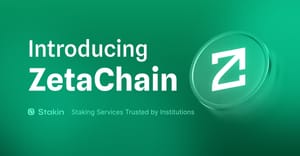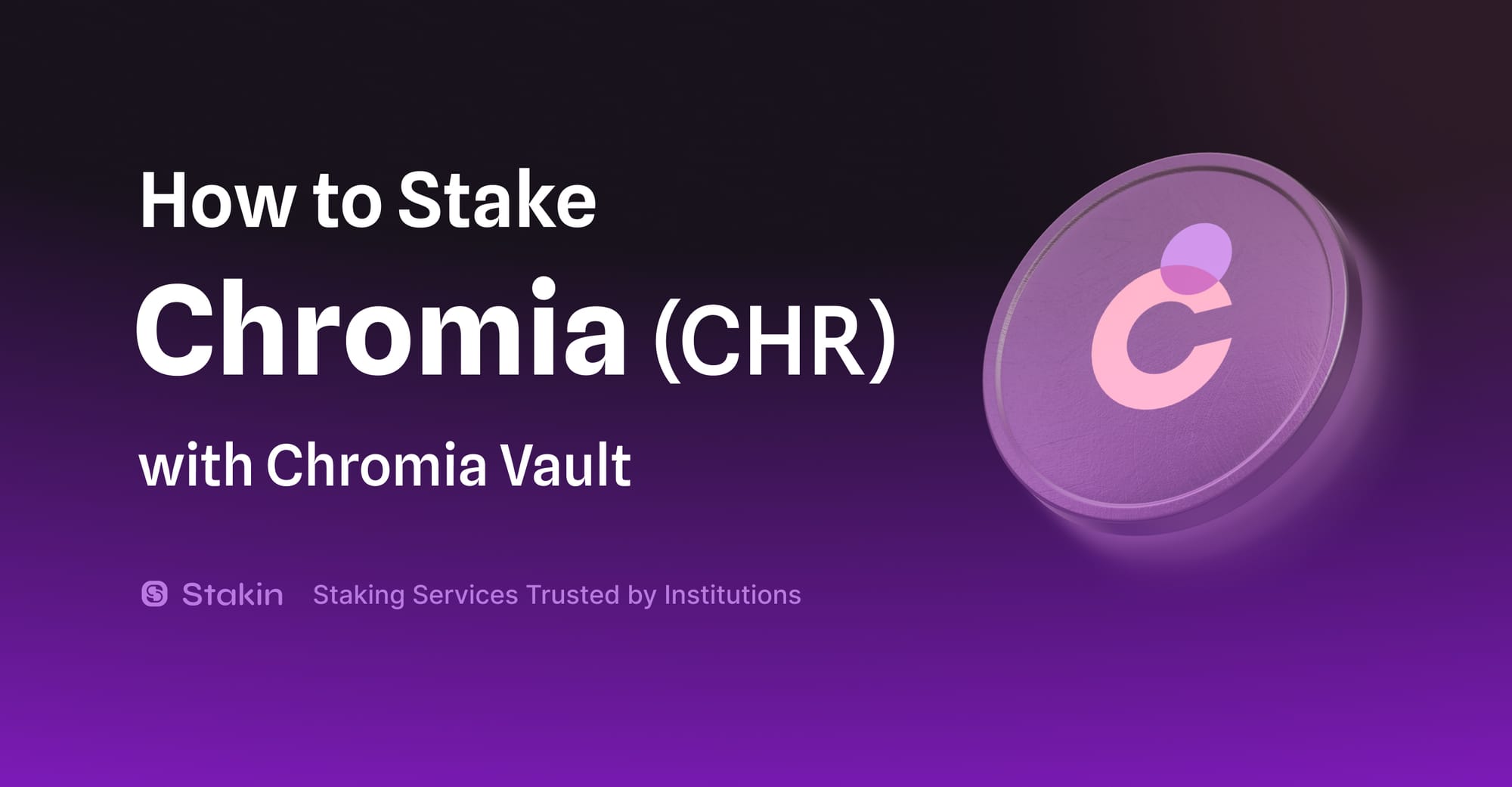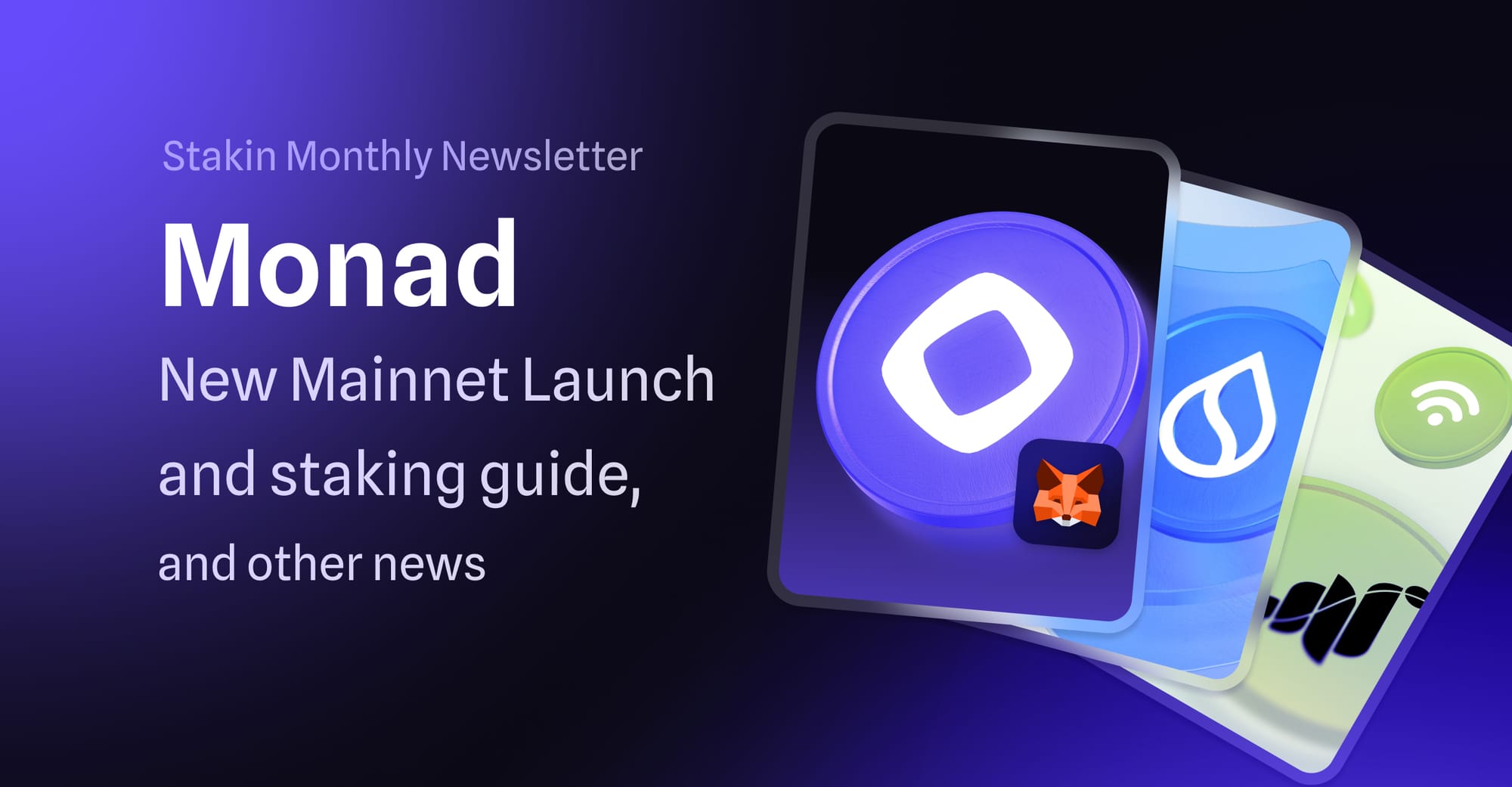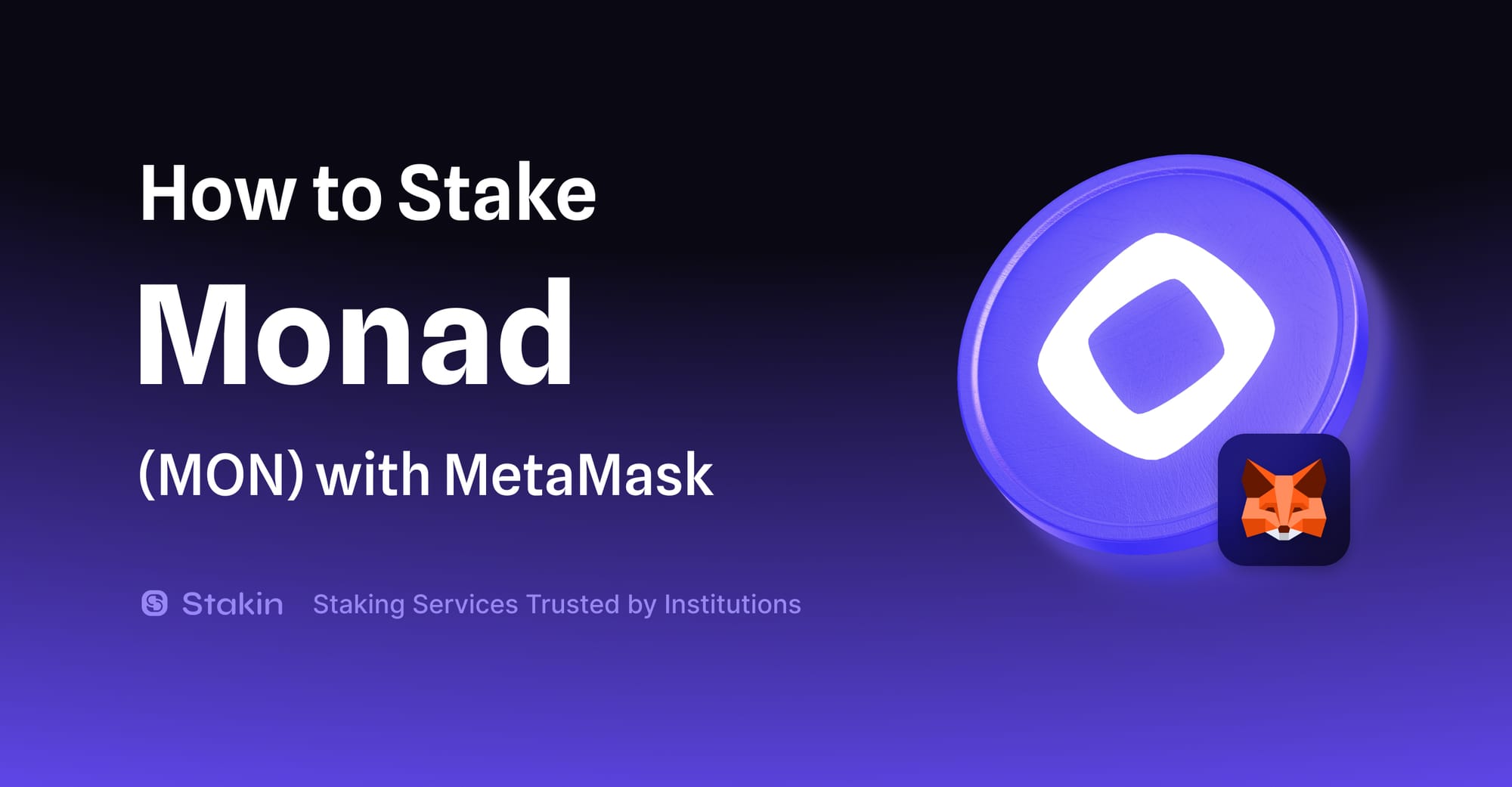Welcome to the overview of ZetaChain, a blockchain and smart contract platform introduced in 2021. This article aims to shed light on how ZetaChain is enhancing the interaction between different blockchain networks. We'll explore its impact and the technology behind it straightforwardly. For any technical terms that might be new to you, we've got you covered with a glossary at the end, making sure all the concepts are clear and understandable. Let’s jump in!
ZetaChain, emerging as a key player since its inception in 2021, stands at the intersection of blockchain connectivity and smart contract functionality. Unique in its ability, it is a Layer 1 blockchain that offers seamless interaction with any blockchain network, including those like Bitcoin that traditionally lack smart contract capabilities. It's an advancement in bridging the gaps between the crypto ecosystem, offering a multi-chain crypto environment where users and developers can experience the benefits of various blockchains.
Built on Cosmos SDK and Tendermint Consensus, ZetaChain is a decentralized and public blockchain that operates as a Proof-of-Stake network, ensuring that all activities, including cross-chain transactions, are transparent and secure. The validators in the network act like watchmen, making sure everything runs smoothly.
A Snapshot of Growth
By now, ZetaChain has seen remarkable growth, with over a million active users on its testnet globally. The platform has facilitated over 6.3 million cross-chain transactions and seen the deployment of more than 150 dApps. This engagement also highlights ZetaChain's growing influence in the DeFi landscape, especially as it gears up with its mainnet. Checkout the ecosystem dApps here.
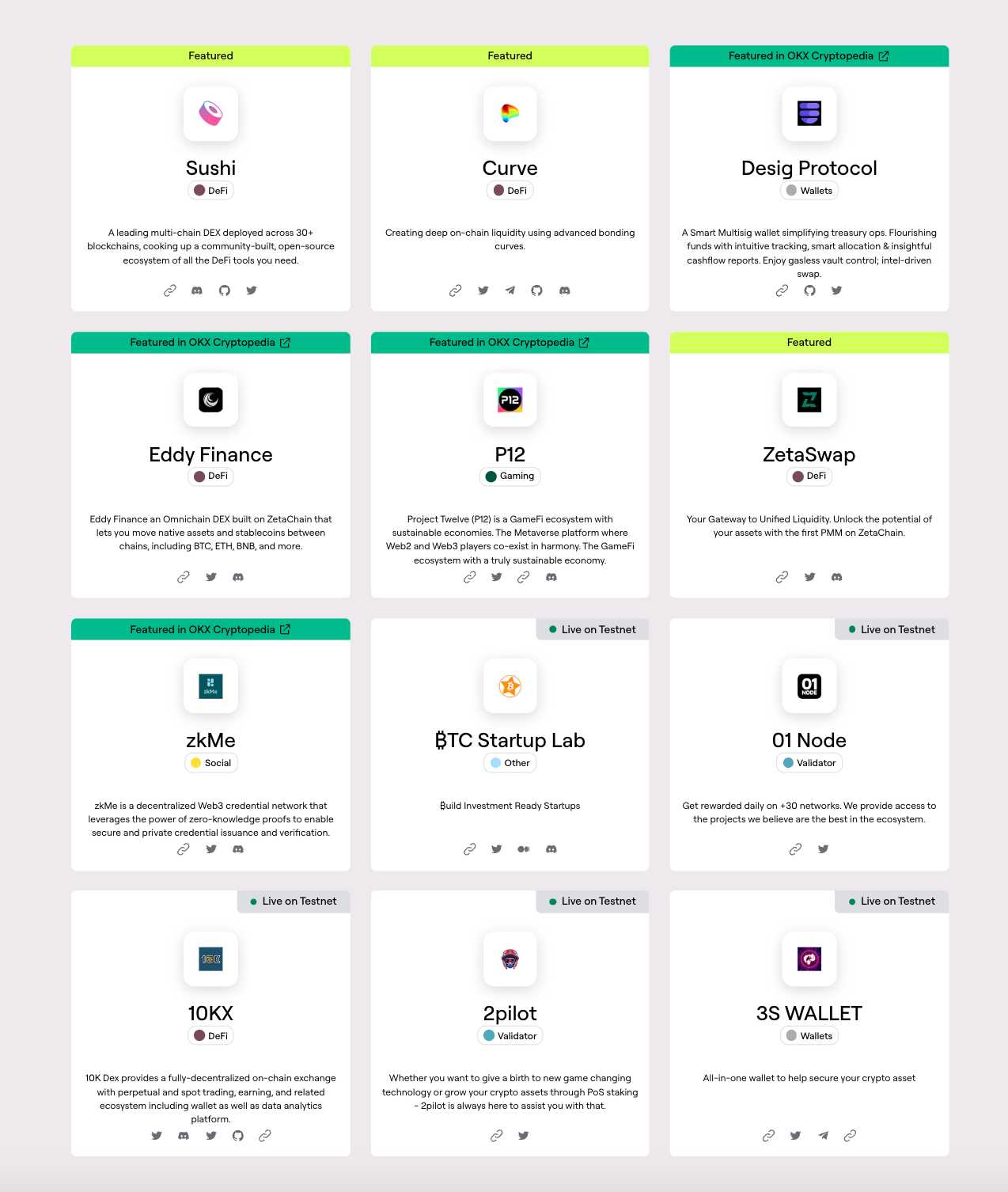
ZetaChain’s Technical Edge: Nodes, Omnichain Smart Contracts and Cross-Chain Messaging
ZetaChain works behind the scenes with these three core technical pillars:
Hyper-Connected Nodes
ZetaChain's core functionality is its hyper-connected nodes. These nodes are like the multi-linguists of the blockchain world – they understand and monitor transactions on all connected chains. This means that ZetaChain can effectively 'sign' and 'verify' transactions across any blockchain, much like a universal wallet. This capability is critical, as it enables a truly seamless omnichain environment, which is essential for creating innovative and integrated cross-chain applications.
Omnichain Smart Contracts
One of Zetachain's standout features is its omnichain smart contracts. Unlike traditional smart contracts, which are limited to their native blockchain, ZetaChain’s smart contracts can interact across multiple chains. They can 'read' and 'write' to other connected blockchains, a feature exclusive to ZetaChain. This opens up a world of possibilities for app developers, allowing them to create applications that leverage the strengths of various blockchains, breaking past barriers.
Cross-Chain Message Passing
An essential aspect of ZetaChain’s other technical ability is to simplify interactions between different blockchains. Through cross-chain message passing, developers can send messages between chains using straightforward function calls. This might sound technical, but it's a game-changer for developers, making it easier to build complex, multi-chain applications within the framework of existing smart contracts. It's about removing complexity and enabling creativity and innovation in the blockchain space.
ZetaChain as a blockchain and smart contract platform simplifies the development process and allows developers to build odApps with the same ease as for a single network while leveraging composability across networks. It offers EVM-compatible smart contracts for easy customization and built-in decentralized bridges for asset and data transfer.
Furthermore, ZetaChain acts as a programmable public computer, directly reading and updating states on connected networks. This functionality supports the development of various applications, including cross-chain DEXes, decentralized bridges, omnichain smart contracts, cross-chain lending and yield protocols, and omnichain NFT apps.
The Role of ZETA
ZETA, ZetaChain’s native coin, plays a multifaceted role. ZETA is more than just the currency of ZetaChain; it's used for transaction fees and keeping the network secure. But more importantly, it's what makes the cross-chain transfers possible. Think of ZETA as the key that unlocks the door to seamless transactions across different blockchain networks.
Final Thoughts
At Stakin, we see ZetaChain as more than just another blockchain evolution. It's a step towards a more connected blockchain world. It's not just about creating something new; it's about enhancing and connecting what already exists. As ZetaChain moves towards its mainnet launch, it's assured to change how we think about blockchain interoperability and the possibilities in the DeFi space. Stakin is stoked to participate in the early stages of ZetaChain. More information can be found on stakin.com/stake/zetachain.
Glossary
- Tendermint Consensus: It is a blockchain consensus protocol that achieves agreement and ensures secure, fast transaction finality across a network of nodes.
- Hyper-Connected Nodes: Nodes within ZetaChain that monitor and interact with multiple blockchain networks, which enables seamless cross-chain functionalities.
- Omnichain Smart Contracts: These are Smart contracts on ZetaChain capable of operating across multiple blockchain networks, and not limited to a single chain.
- Cross-Chain Message Passing: It’s a method for transferring data and executing transactions between different blockchain networks to enable interoperability.
- OdApps: Omnichain Applications designed for decentralized networks, functioning across multiple blockchain layers and platforms for enhanced versatility.
